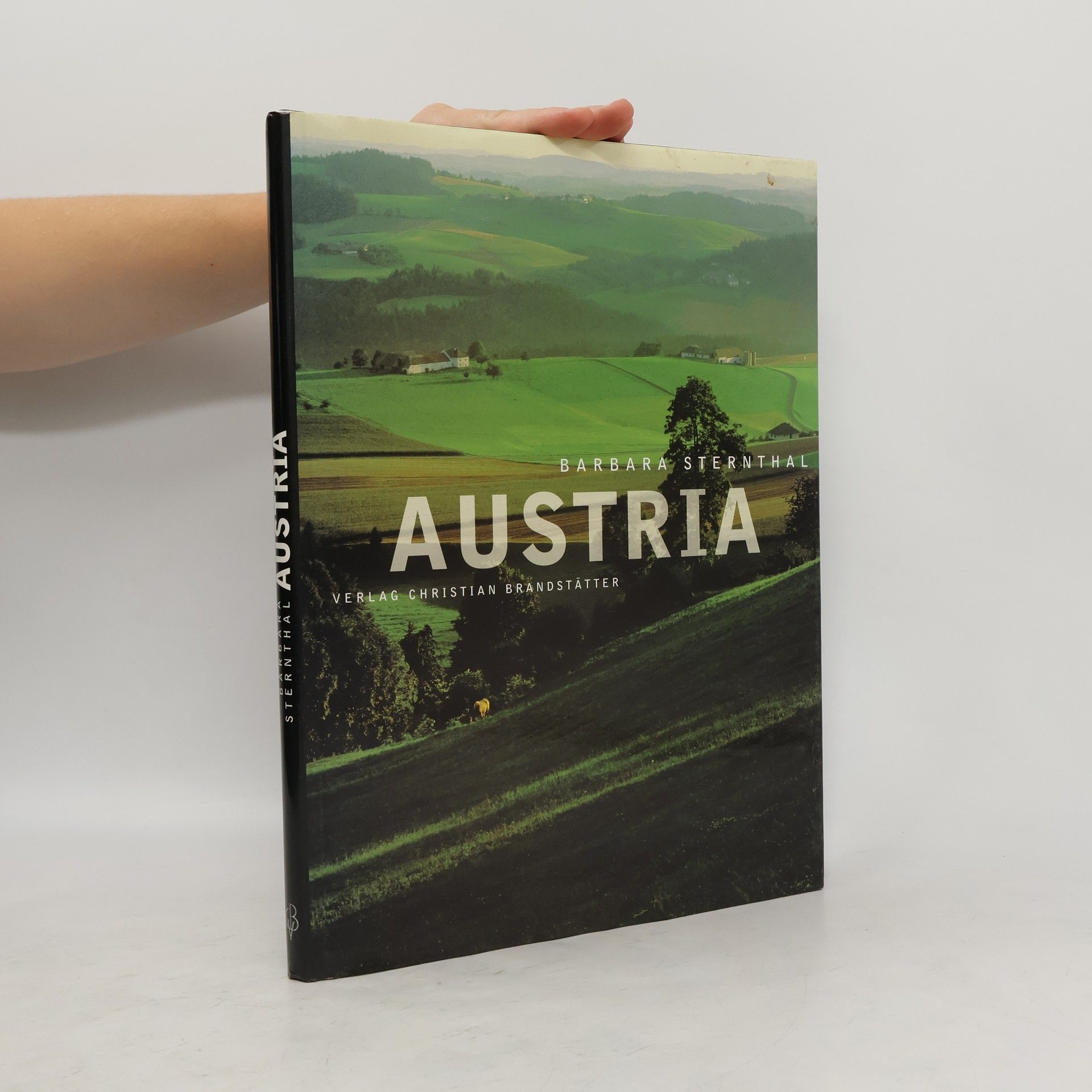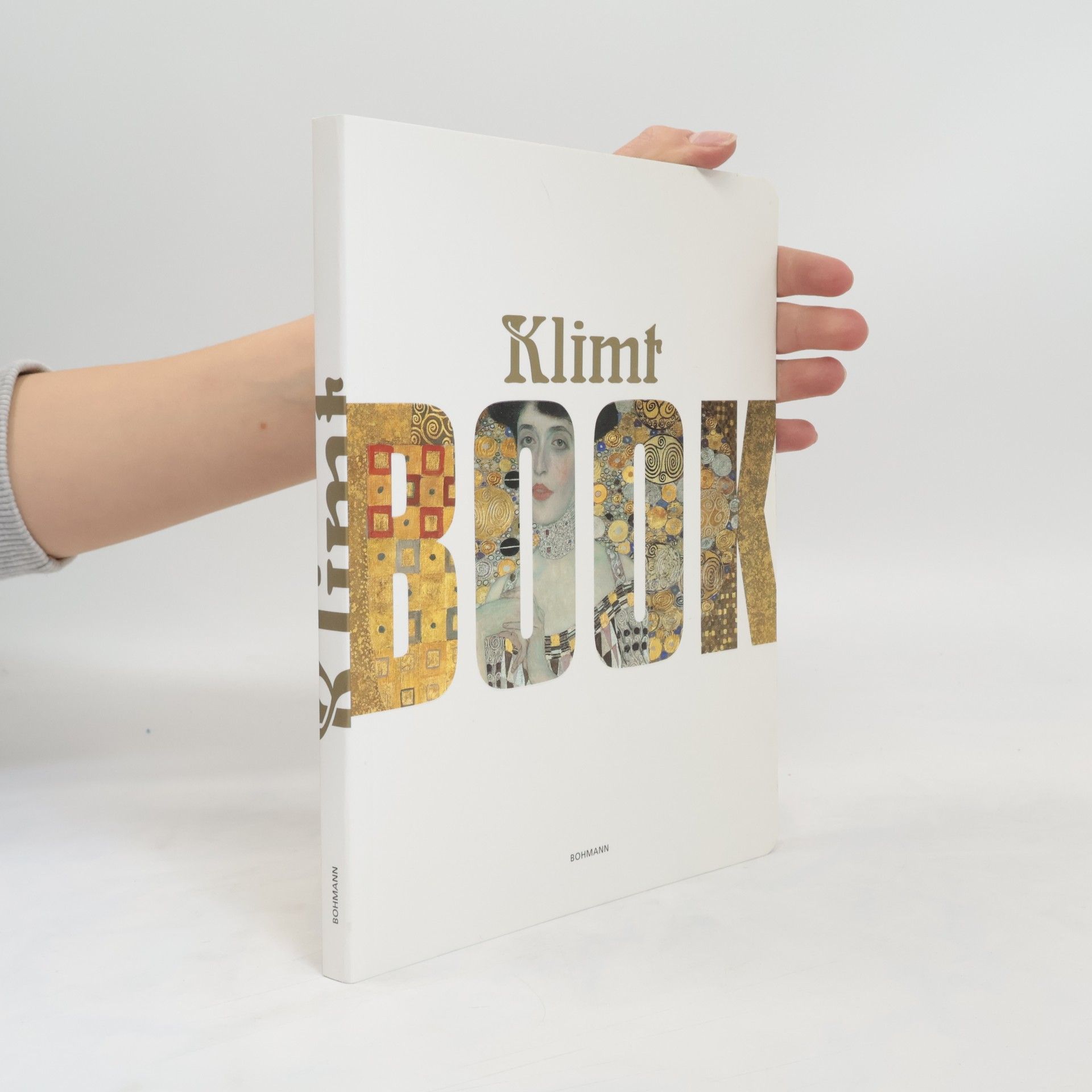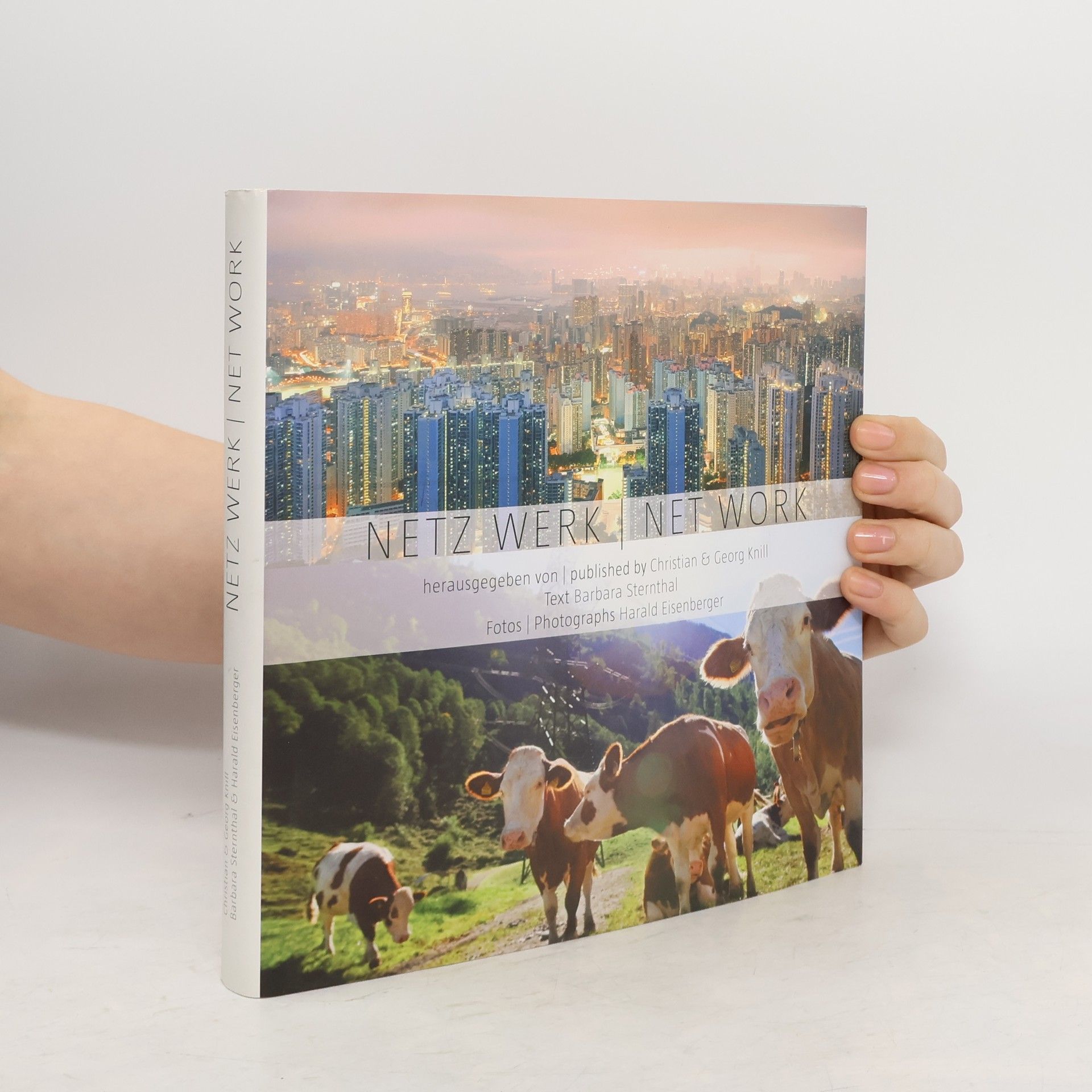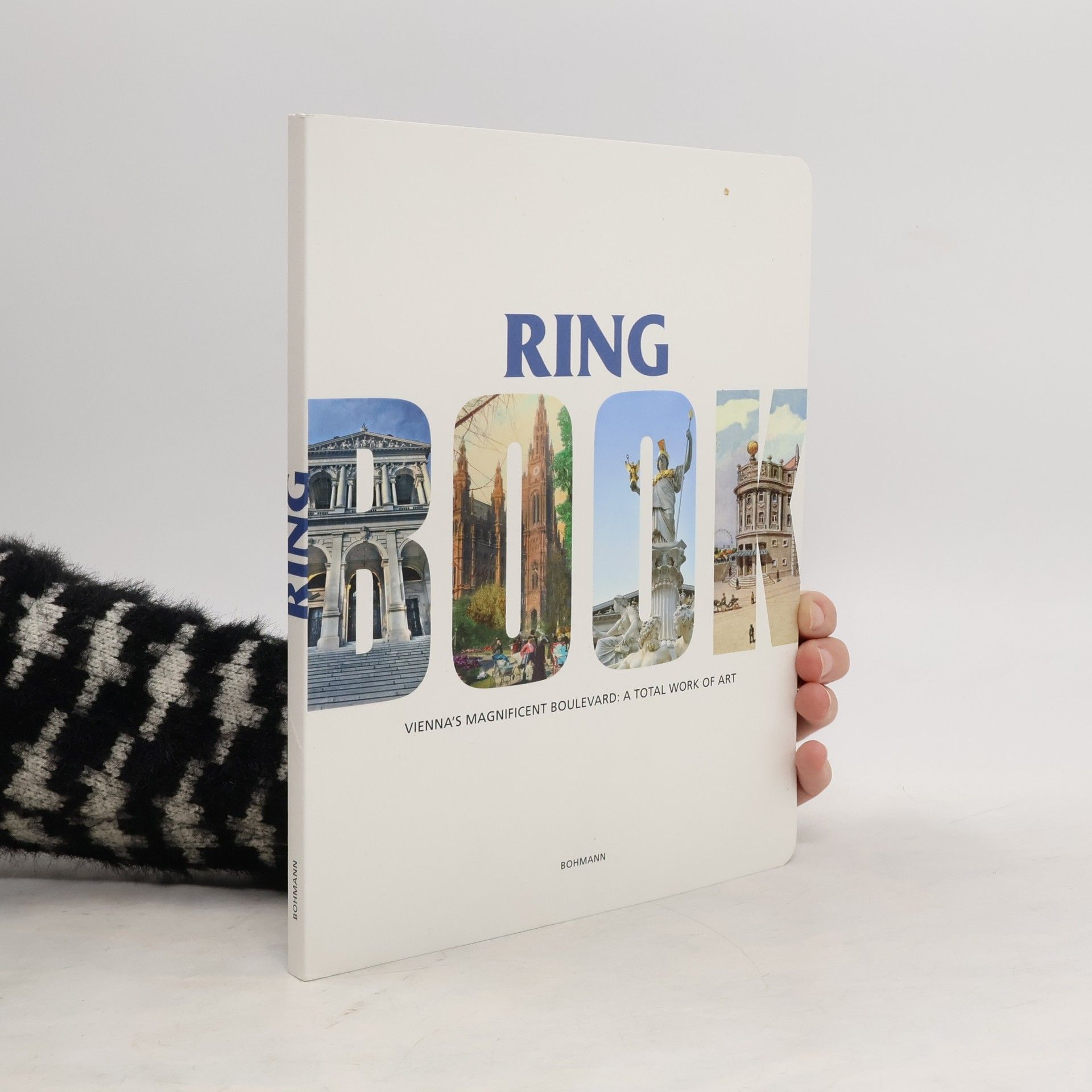Gustav Klimt 1862 - 1918
- 111pages
- 4 heures de lecture
His painting „The Kiss“ is the very icon of the Fin de Siècle era in Vienna, reproductions of his pictures are best sellers in museums the world over and his portraits of the ladies of the haute juiverie of Vienna continue to hit the daily headlines as objects of stolen art. Gustav Klimt (1862-1918) is beyond any doubt the most famous artist Austria has produced, a legend and a one-off whose life story is intertwined with countless rumours. Yet what do we know of this sensitive painter of women and supremely gifted draughtsman? Was he really the father of fourteen illegitimate children? Was he attracted to his beautiful and erotic female artists as a man as well as an artist? Was his relationship with the self-confident and elegant Emilie Flöge platonic or not? And is his syphilis mere film script invention? „I am not exceptionally interesting as a person“ is one of the very few authentic sentences known to have been uttered by Klimt. We beg to differ and set off on the trail of an artist and a man who left a virtually unrivalled mark on Viennese Jugendstil.








